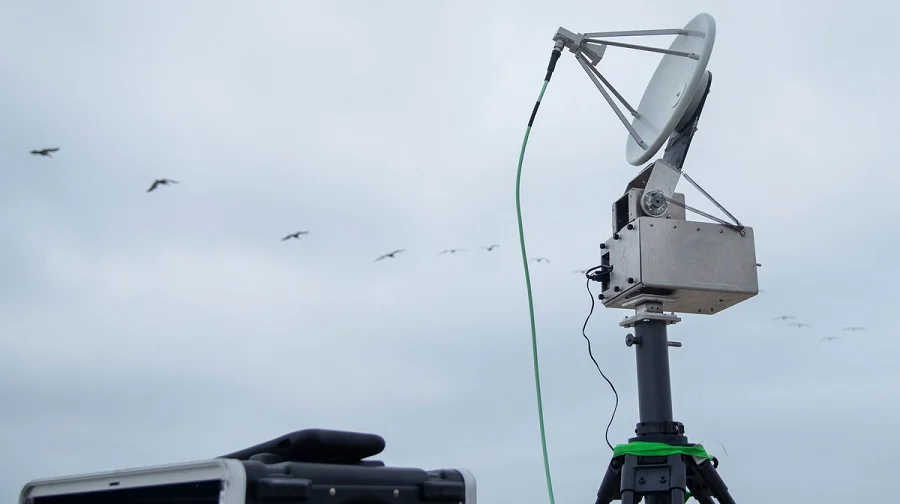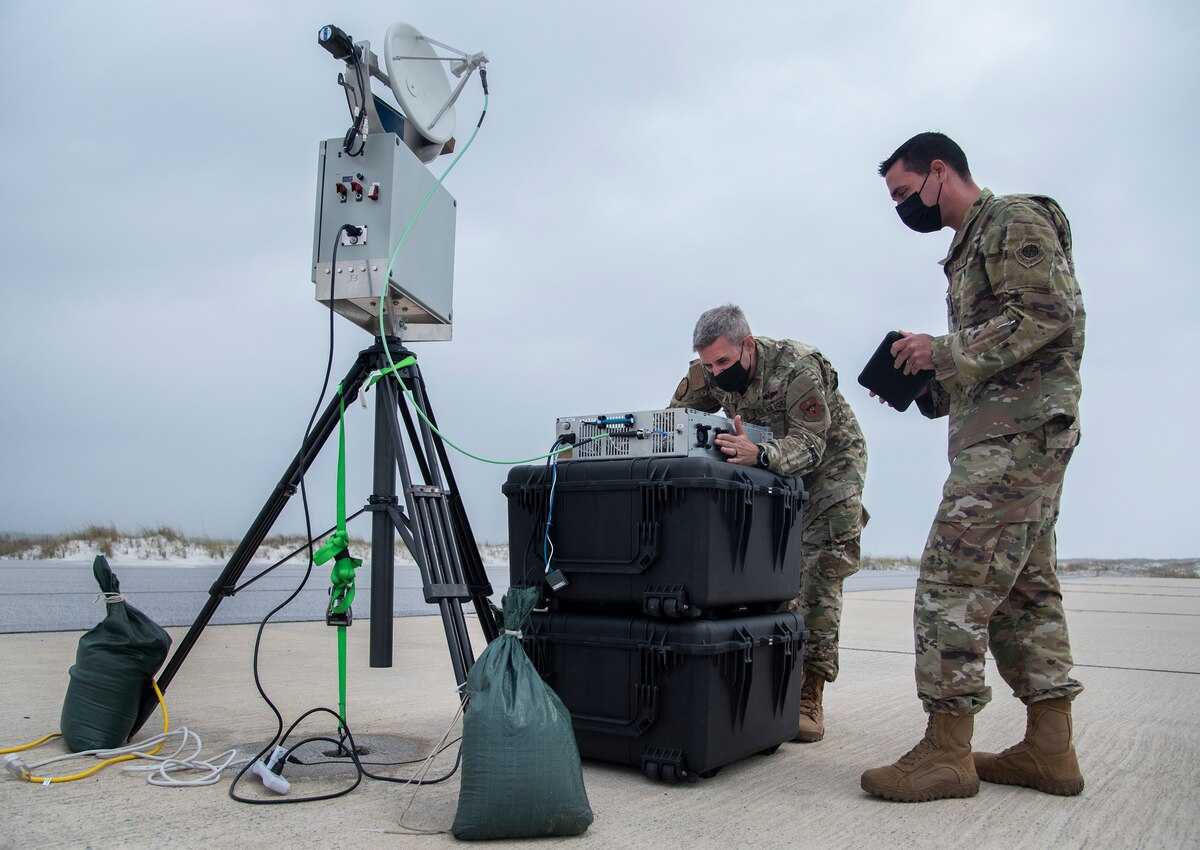Ukraine received “Radar simulators”
- December 10, 2022
- 0
The United States supplied Ukraine with special equipment to confuse Russian aviation. Referring to General Charles Brown, Chief of Staff of the US Air Force, Aviation Week reported
The United States supplied Ukraine with special equipment to confuse Russian aviation. Referring to General Charles Brown, Chief of Staff of the US Air Force, Aviation Week reported

The United States supplied Ukraine with special equipment to confuse Russian aviation. Referring to General Charles Brown, Chief of Staff of the US Air Force, Aviation Week reported that the Pentagon is sending “Radar simulators” (Threat Emitters) to Ukraine.
Threat Emitters are in the form of special antennas that, with their radiation, simulate the operation of radar equipment, especially the radar of anti-aircraft missile systems. In this way, they appear like real radar to enemy aircraft and radio-electronic intelligence vehicles. These simulators are an inexpensive and innovative way to further complicate the aerial picture of Russian aviation in the war with Ukraine.
During the monitoring of the territory of Ukraine by ground intelligence or aviation, it will be more difficult for the Russians to determine where the real anti-aircraft missile systems and surveillance radars are located, and where the imitators are.
The use of Threat Propagators should preserve the potential of Ukrainian air defense and enable Russian aviation to more successfully destroy attack vehicles, including warplanes and cruise missiles. Inexpensive emitters were created to train pilots at test sites in the US, but are now in the hands of the Ukrainians.

General Brown likened the transfer of Threat Emitters to the delivery of the AGM-88 HARM high-speed anti-radar missiles, which the Pentagon announced in August, writes Aviation Week. Radar simulators in the US are used to train fighter aviation pilots, enabling the detection and identification of radars and conditional air defense systems during exercises and developing algorithms to respond to these threats in combat situations.
In simulated training scenarios, pilots learn how the aircraft’s onboard systems will respond to real-world threats and can safely adapt to the various air defense assets they may encounter in real combat environments. Recently, the Pentagon signed a contract with Raytheon Technologies for more than $1.2 billion for the production of NASAMS anti-aircraft missile systems for the Ukrainian Armed Forces. Source
Source: Port Altele
John Wilkes is a seasoned journalist and author at Div Bracket. He specializes in covering trending news across a wide range of topics, from politics to entertainment and everything in between.